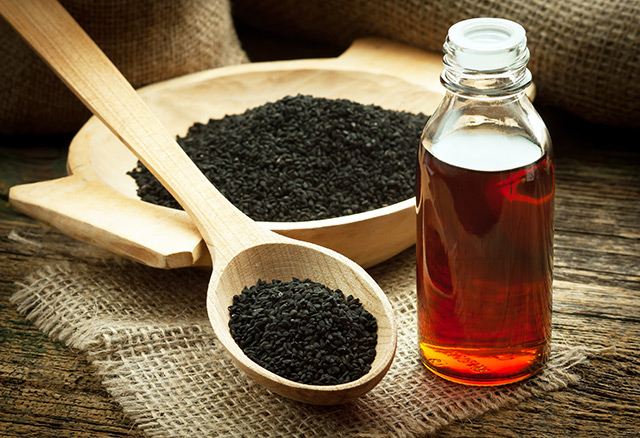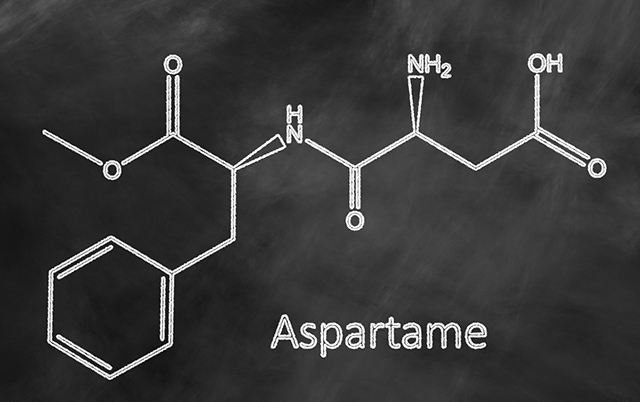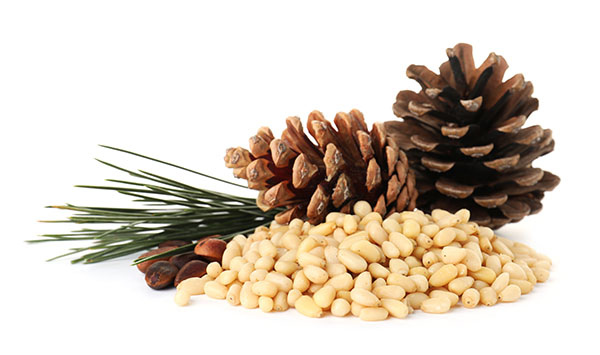
Do you know that cumin contains 18 amino acids? These are organic compounds that act as the “building blocks” of protein which is crucial to our survival. Most food contain only a few amino acids, but cumin contains an abundance of them. Of these, eight are considered essential, which means that they cannot be produced by the body and must be supplied by our diets.
Ayurvedic healers hail cumin as a kingly spice. They believe that its “hot” properties help stimulate otherwise malfunctioning systems. This is why it is typically prescribed for conditions, such as dyspepsia and flatulence, that are seen to be caused by “wet” factors.
Modern science has written several journal articles on the spice’s bactericidal, carminative, diuretic, and antiseptic properties. These benefits researchers attribute to cumin being a rich source of vitamins A, C, and E, riboflavin, thiamine, and niacin. Cumin also contains a good amount of protein and dietary fiber as well as minerals like iron, copper, phosphorus, and potassium.
There are so many therapeutic uses of cumin. Let’s briefly discuss a few of them.
- Aids in digestion -- Cumin should be your go-to spice for most digestive problems. The spice’s very aroma stimulates the salivary glands in the mouth which helps facilitate the proper digestion of food. Cumin also relieves you from gas which should improve your appetite. (Related: Cumin improves digestion, relieves stress, and protects against stomach and liver cancer!)
- Cures hemorrhoids -- One of the main causes of piles is constipation along with infections in the anal tract. Cumin is a natural laxative (as a powder) and can help heal infections in the digestive and excretory systems while speeding up digestion.
- Prevents the common cold -- The synergistic way cumin improves your immune system cannot be overemphasized. Essential oils found in cumin fight off viral infections and suppresses the development of coughing.
- Prevents anemia -- Cumin is an excellent source of iron, making it a great natural additive to the daily diet of anemic people.
- Supports the respiratory system -- Cumin has been shown to alleviate certain symptoms of asthma and bronchitis. The spice is used as an expectorant, which means that it helps loosen accumulated phlegm in the respiratory tract.
- Potential treatment for diabetes -- The research on this is still quite new, but scientists believe that cumin can play a role in preventing diabetes by reducing the risk of hypoglycemia.
- Increases lactation -- Cumin increases the secretion of milk in lactating women because it contains thymol, a natural phenol that helps support the function of the mammary glands.
Cumin can be used both as a powder or as the whole seed. It has an aromatic, nutty flavor and is typically used in curries. You can also use the spice for your favorite Tex-Mex dishes. They work well in combination with other spices such as cinnamon and coriander.
If you’re planning on growing your own, take note that cumin requires a long, hot summer of about three to four months with an average temperature of around 85 degrees Fahrenheit during the day.
Sow the seeds in rows two feet apart in well-drained soil four weeks prior to the last spring frost. Transplant these outdoors when temperatures begin to exceed 60 degrees Fahrenheit.
Harvest cumin seeds by hand when they begin to bloom small white or pink flowers. Seeds are harvested when they brown (around 120 days) then are dried and ground.
Sources include:
Please contact us for more information.























